NTechLab’s facial recognition app uses AI to identify a face among billions of photos in less than a second, and is one of the best in the world, but the Russian startup draws concerns from academics.
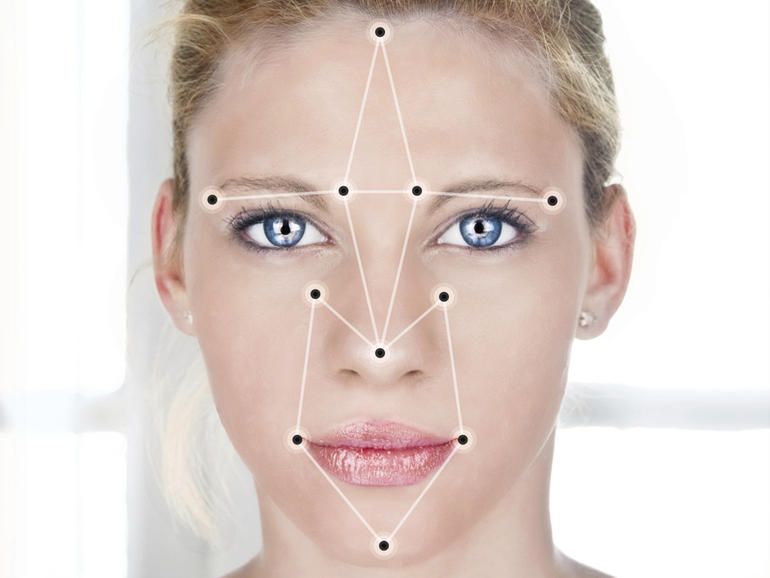

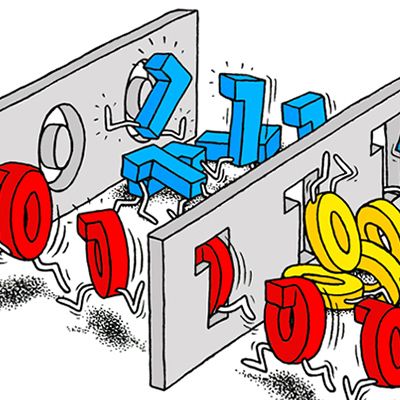
Personally, I cannot wait to see all of the improvements in AI via Quantum technology.
Recent tests show that quantum computers made by D-Wave systems should solve some problems faster than ordinary computers. Researchers have begun to map out exactly which queries might benefit from these quantum machines.
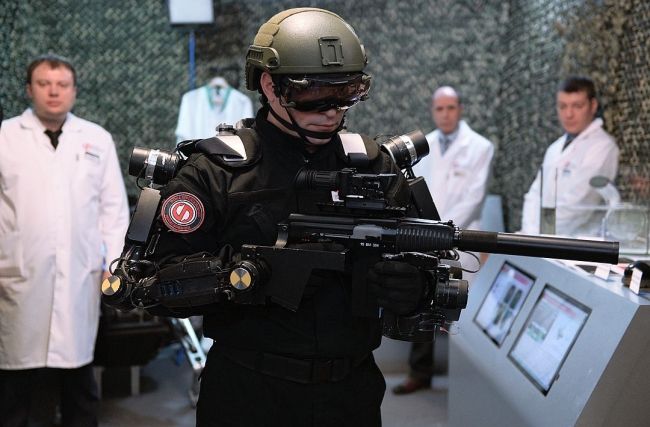
Ivan made it in the major news this week again.
As if the world didn’t have enough problems, Russia is apparently creating a scary humanoid robotic soldier, affectionately being called “Ivan the Terminator.” Thank God they didn’t call it the T-800. The idea of the robot is to eventually replace humans on the battlefield. For now, these robotic avatars are remote-controlled using special suits worn by a human, but you know that won’t last long. One day they will be doing stuff on their own.
![]() This robot (shown below) will accurately repeat the exact movement of the user by reading the fine motor skills of the neck, shoulder, hands and fingers. So if you raise your rifle to fire and pull the trigger, the robot will do just that. But it isn’t limited to just that kind of work, it can even drive a vehicle by automatically scanning the road for blockages or barriers. So it could give chase to enemies.
This robot (shown below) will accurately repeat the exact movement of the user by reading the fine motor skills of the neck, shoulder, hands and fingers. So if you raise your rifle to fire and pull the trigger, the robot will do just that. But it isn’t limited to just that kind of work, it can even drive a vehicle by automatically scanning the road for blockages or barriers. So it could give chase to enemies.


A team out of Waseda University in Japan has unveiled some pretty cool images from the first half of the 20th century, given new depth with full colorization thanks to an artificial intelligence.
Unlike colorizing black and white photos using software, which can be a lengthy process of repeated cleaning and coloring – this AI samples similar photos and applies those colors and tones to the photo at hand. So, for example, if you have an old black and white photo of your grandparent’s house – and that house is still standing today – you can take a photo of it and the AI will learn how to color the old photo based on the tones and levels from the modern day one.
Similarly, if you have an old photo of an area or people that don’t exist, the program can still learn and adapt those colors from similarly colored images. The more photos and images it has to pull from, the greater detail and true to color matching it will be able to provide.

“The property that has given humans a dominant advantage over other species is not strength or speed, but intelligence.”

Intel is in the midst of its biggest business transition ever. Just a few months ago, the chip giant announced that it would be laying off 11,000 workers and taking a step away from the PC market. Instead, it’ll be focusing on wearables and IoT devices. Coinciding with those announcements was an executive shuffle that put Navin Shenoy, its Mobile Client VP, in charge of its wider Client Computing Group (which covers all consumer devices). At Computex this week, we had a chance to pick Shenoy’s brain about Intel’s path forward.
What do you envision being the next major breakthrough for PC form factor?
We’re working on lots of things that are mind-blowing. To me, we have to figure out how to get to J.A.R.V.I.S. [Iron Man’s trusty AI, not Intel’s vaporware earpiece]. The ability to manipulate things wherever you are, look at things wherever you are, talk to things in a more natural way. That’s the next big breakthrough in computing. And it will be in so many domains, it won’t just be PCs. It’ll be phones, tablets and also new types of things we haven’t conceived of yet.
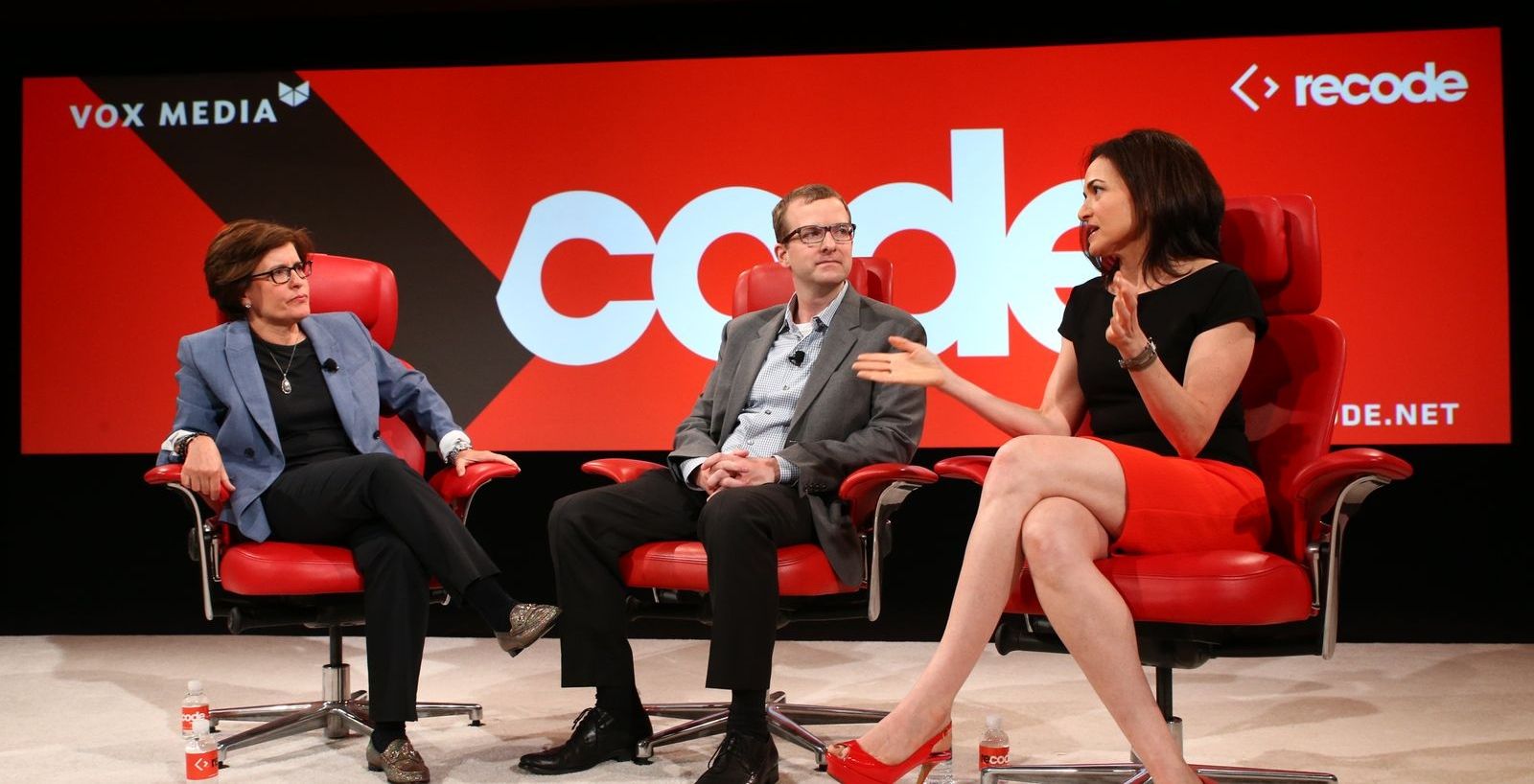
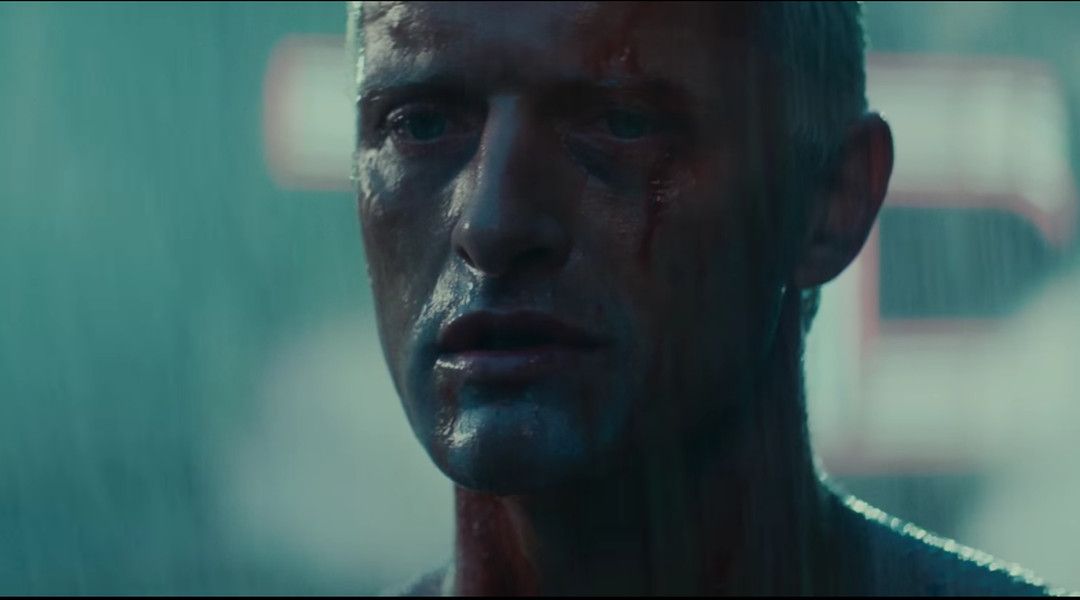
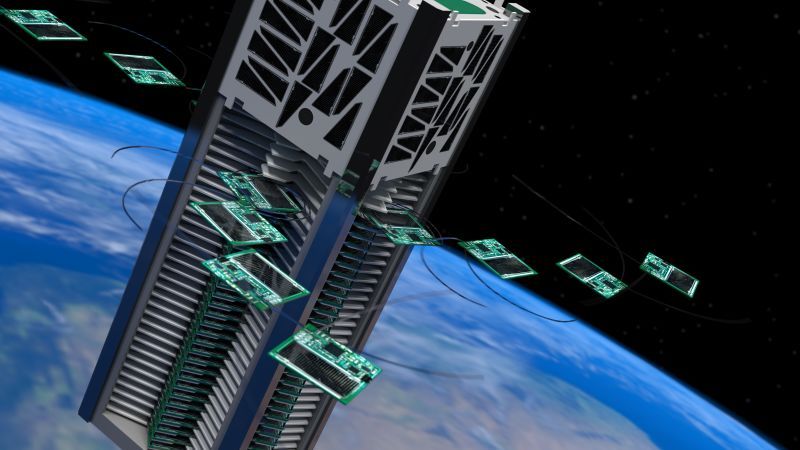
Earlier this spring, Russian billionaire Yuri Milner casually announced his intention to develop spacecraft that can travel at up to 20 percent the speed of light and reach Alpha Centauri within twenty years. From the outset, it was clear that no humans would be making the warp jump—the mission will involve extremely lightweight robotic spacecraft. A new fleet of tiny satellites hints at what those future interstellar voyagers will look like and be capable of.
Meet Sprites: sticky note-sized devices that sure look like the result of the Pentagon’s long-anticipated floppy disk purge, but are in fact state-of-the-art spacecraft complete with solar cells, a radio transceiver, and a tiny computer. Later this summer, a Cornell-led project called Kicksat-2 will launch 100 of these puppies to the International Space Station. There, the satellites will spend a few days field-testing their navigational hardware and communications systems before burning up in orbit.
The project’s lead engineers, Zachary Manchester and Mason Peck, are on the advisory committee for Breakthrough Starshot, an ambitious effort to reach our nearest neighboring star system within a generation. (In fact, the potato chip-sized computer Milner held up during a highly publicized press conference in April was Manchester’s own design.) Sprites, and the “chipsat” technology they’re based on, are a step toward that goal of interstellar travel. More generally, they’re an indication of the future of space exploration.